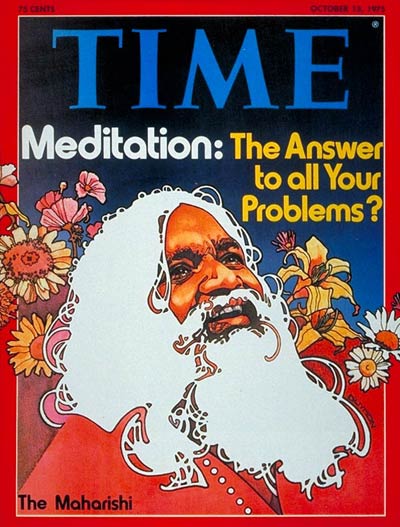Yesterday, we finished our nine day sesshin (meditation intensive). I am been yet again amazed at how deep one can go with this practice.
My experience started with three days of sitting in the meditation hall with the full assembly of monks for the first couple hours in the morning and for the last forty minutes at night, but working in the kitchen in between. I found that, contrary to my expectations, I loved that practice. I cooked six gallons of rice each day, and also ripped chard, sorted beans, chopped vegetables, and washed, dried, a put away a truckload of dishes.







































